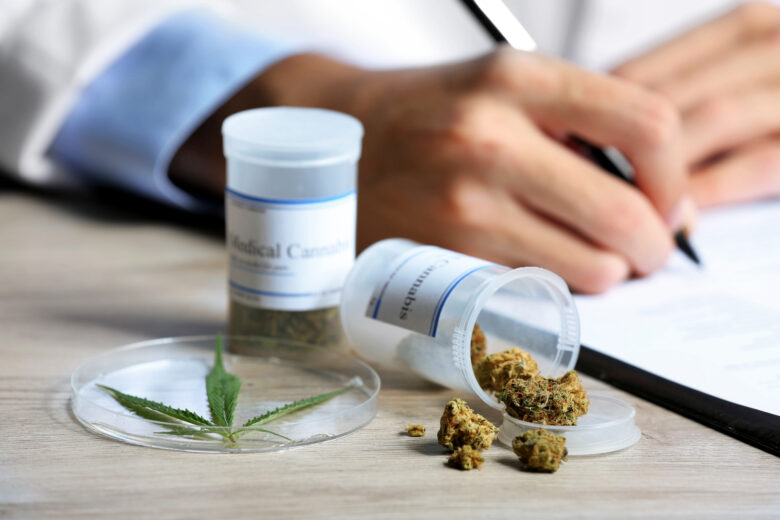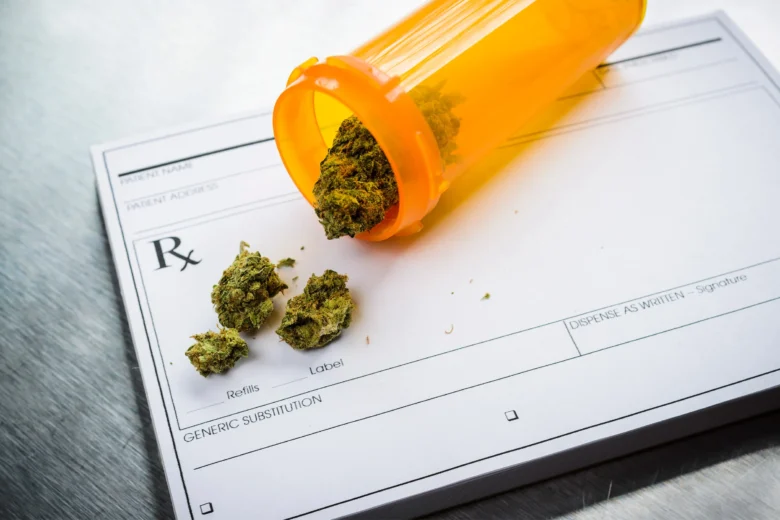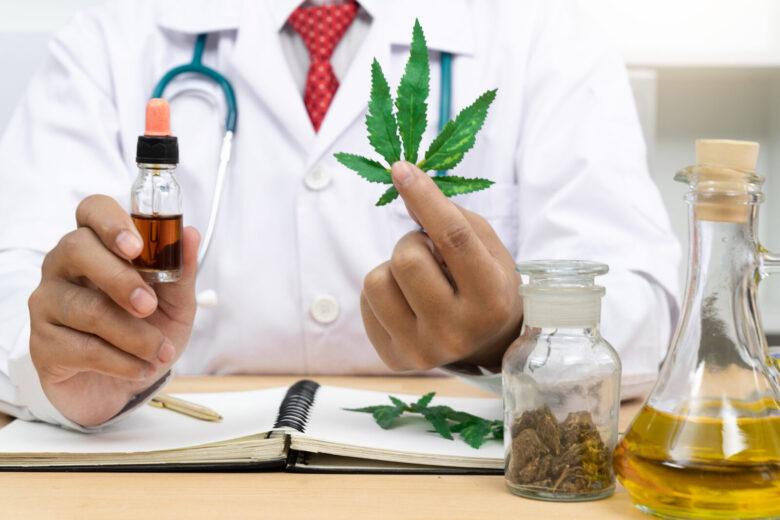Cannabis, often associated with recreational use and controversy, has emerged as a powerful tool in the realm of medicine. With growing recognition of its therapeutic potential, medical marijuana has gained prominence as a viable treatment option for a range of medical conditions. Below is an exploration of its therapeutic benefits and the evolving landscape of medical marijuana.
The Historical Perspective
For millennia, the enigmatic plant known as cannabis has woven its way through the tapestry of human history. Revered for its medicinal properties, this plant’s journey transcends borders and civilizations. From the ancient fields of China to the scrolls of Egypt and the manuscripts of Greece, cannabis has been a silent witness to human evolution. Its use in traditional medicine for pain relief, reducing inflammation, and curing diverse ailments has been documented through the ages. This historical narrative sets the stage for understanding how cannabis has emerged as a potent remedy, ingrained in the annals of medical history.
Cannabis has a long history of medicinal use, dating back thousands of years across various cultures. Ancient Chinese texts, Egyptian scrolls, and Greek writings all mention its potential healing properties. Historically, cannabis was used to treat pain, inflammation, and various ailments.
The Science of Cannabis

The therapeutic potential of cannabis is primarily attributed to its chemical constituents, known as cannabinoids. These are the two most well-known:
THC: THC is responsible for the psychoactive effects many experience on taking it. It can provide pain relief, reduce nausea and vomiting, and stimulate appetite.
CBD: CBD is non-psychoactive. It has gained popularity for its therapeutic benefits. Some people believe it can alleviate pain, reduce anxiety, and manage seizures, among other conditions.
Medical Conditions Treated with Medical Marijuana
Medical marijuana is prescribed for a wide range of medical conditions. Some of the most common include:
- Chronic Pain: Medical cannabis is often used to manage chronic pain conditions, such as arthritis, neuropathy, and back pain.
- Epilepsy: CBD-rich strains of cannabis have been successful in reducing the severity of seizures (as well as how often they occur) in individuals with epilepsy.
- Multiple Sclerosis (MS): Medical marijuana can help manage spasms and pain in people with MS. It can also aid sleep.
- Cancer: It is used to alleviate the side effects of treatment, such as nausea, vomiting, and loss of appetite.
- Anxiety and PTSD: Some patients find relief from symptoms of anxiety disorders and post-traumatic stress disorder (PTSD) with medical marijuana.
- Inflammatory Bowel Disease (IBD): Medical marijuana can help reduce inflammation and alleviate symptoms in IBD patients.
The Legal Landscape

The legal status of medical marijuana varies widely across the globe and within different regions of countries. While some countries and states have embraced its medicinal potential and legalized its use for medical purposes, aiding patients through prescriptions and a medical cannabis card, others still consider it illegal or tightly regulated. In the United States, for instance, medical marijuana legality varies from state to state.
Consumption Methods
- Smoking: Dried cannabis flowers are smoked in a pipe or rolled into a joint.
- Vaporization: This method involves heating cannabis to release cannabinoids without combustion, potentially reducing the harmful effects associated with smoking.
- Edibles: Cannabis-infused products such as gummies, cookies, and capsules provide an alternative to smoking.
- Tinctures: These liquid extracts are taken sublingually (under the tongue) for quick absorption.
- Topicals: Cannabis-infused creams, lotions, and balms are for localized relief from pain and inflammation.
Challenges and Future Developments
While medical marijuana has shown great promise, it is not without challenges. Research into its safety and effectiveness is ongoing, and regulations surrounding its use can be complex. Moreover, concerns about misuse and addiction must be carefully considered.
In the future, as further research is conducted and regulations evolve, we can expect more precise dosing and delivery methods, as well as a better understanding of how different strains and cannabinoids can be tailored to specific medical conditions.
Dosage and Titration

The importance of correct dosage and titration in medical marijuana cannot be overstated. For patients, the journey begins with a low dose. Incremental increases, closely monitored by healthcare professionals, are key to finding an equilibrium between symptom relief and side effects. This cautious approach helps mitigate risks while maximizing benefits, ensuring a tailored treatment plan for each individual.
Side Effects
While medical marijuana presents numerous benefits, awareness of potential side effects is crucial. THC, the psychoactive component, can cause dizziness, dry mouth, and impaired coordination. Conversely, CBD, known for its lower risk profile, may still trigger mild side effects in some individuals. Understanding these nuances helps patients and healthcare providers make informed decisions about incorporating cannabis into treatment regimens.
Legality
The legal landscape of medical marijuana is a labyrinth of regulations that vary greatly by region. In areas where it is not legal, patients face significant challenges in accessing treatment. The process of obtaining a medical cannabis card or prescription is fraught with hurdles, reflecting the ongoing debate and regulatory evolution surrounding cannabis use for medicinal purposes.
Patient Experience

Incorporating patient testimonials brings a human element to the discussion. These real-life experiences can resonate deeply with readers, providing insights into the practical benefits and challenges faced by individuals using medical marijuana. Such narratives also help demystify the treatment, making it more relatable and understandable.
Ongoing Research
The realm of cannabis research is vibrant and expanding. Current studies extend beyond THC and CBD to lesser-known compounds like CBG (cannabigerol) and CBN (cannabinol). Investigating these compounds could unveil new therapeutic possibilities, marking an exciting frontier in medical research. Ongoing research continues to push the boundaries of knowledge, promising new insights and potential treatments in the ever-evolving landscape of cannabis-based medicine. This synthesis of information offers a valuable resource for those seeking to understand or use medical marijuana effectively and safely.
Conclusion
Cannabis as medicine is a dynamic and evolving field that holds significant promise for patients seeking alternative treatments. With continued research, improved understanding, and responsible regulation, medical marijuana has the potential to offer relief and hope to individuals grappling with various medical conditions. As the therapeutic benefits of cannabis continue to unfold, it underscores the importance of exploring all avenues in the pursuit of effective and compassionate healthcare solutions.

